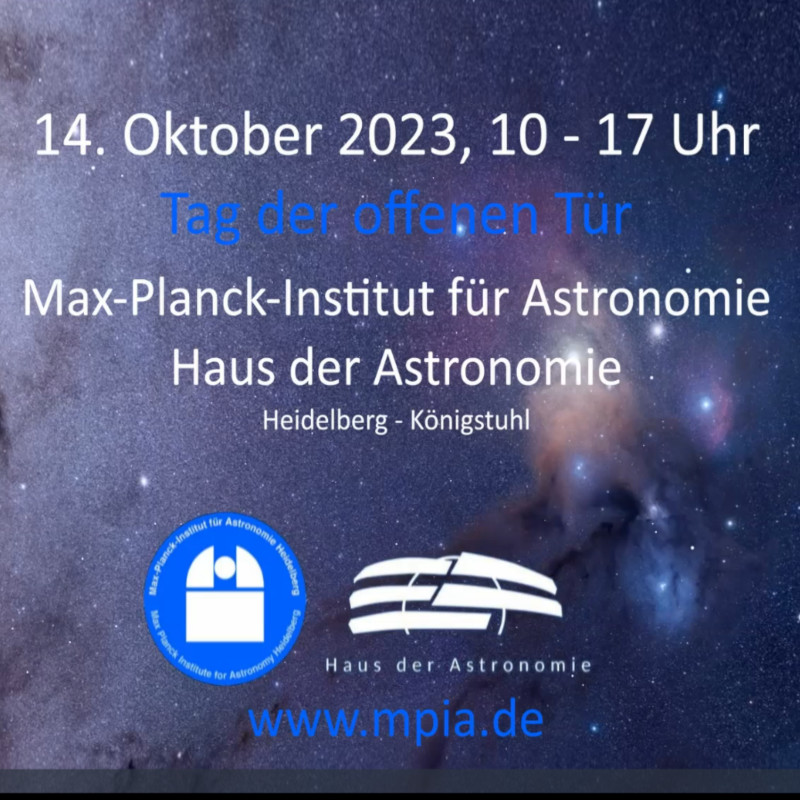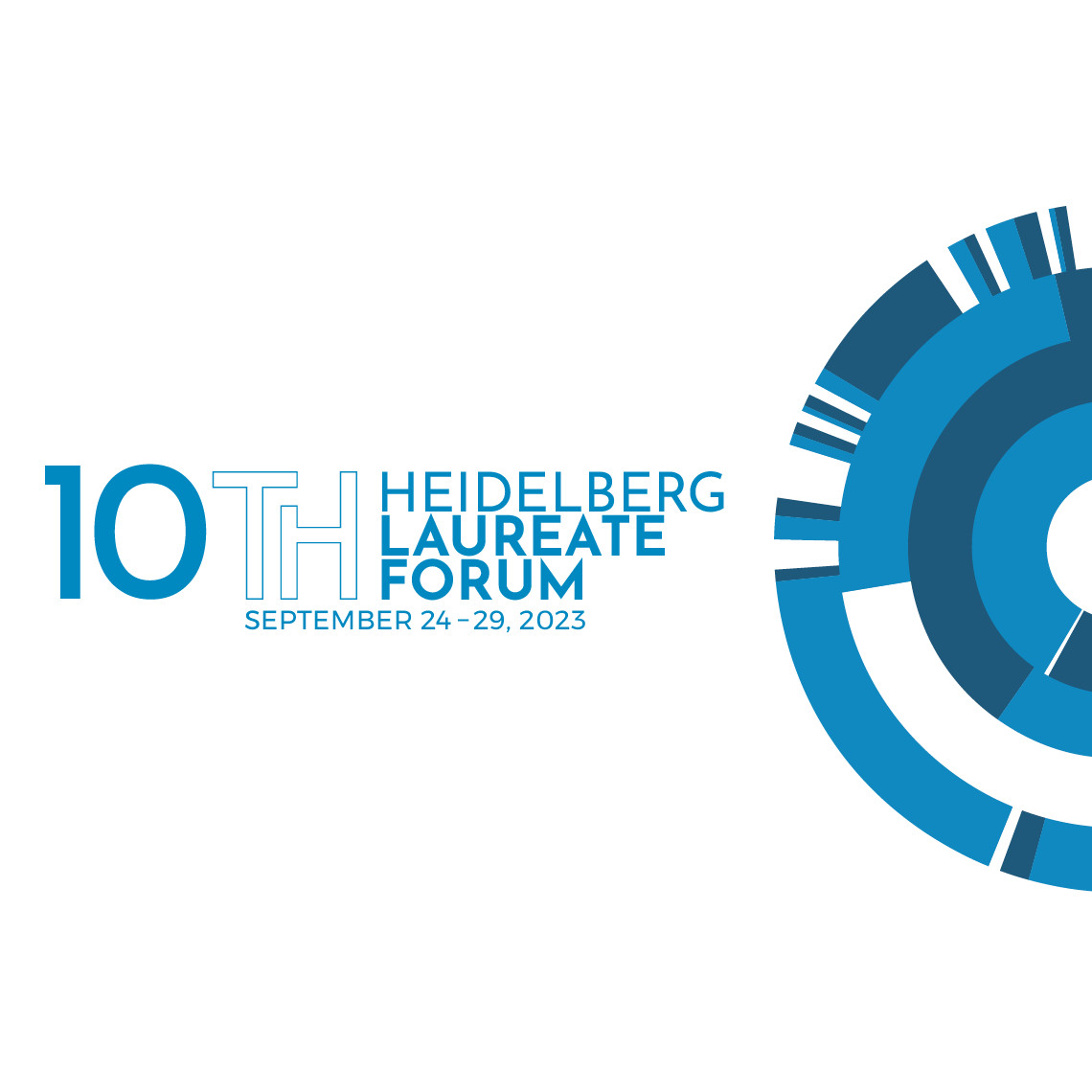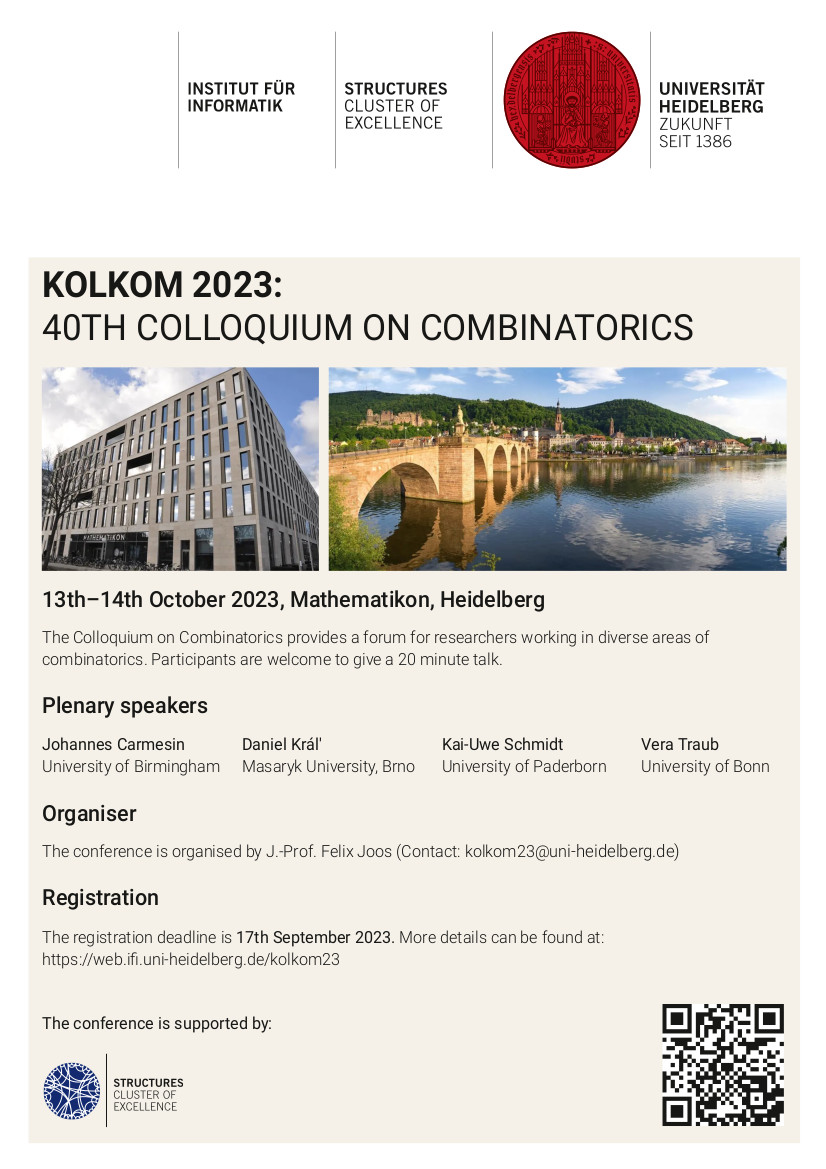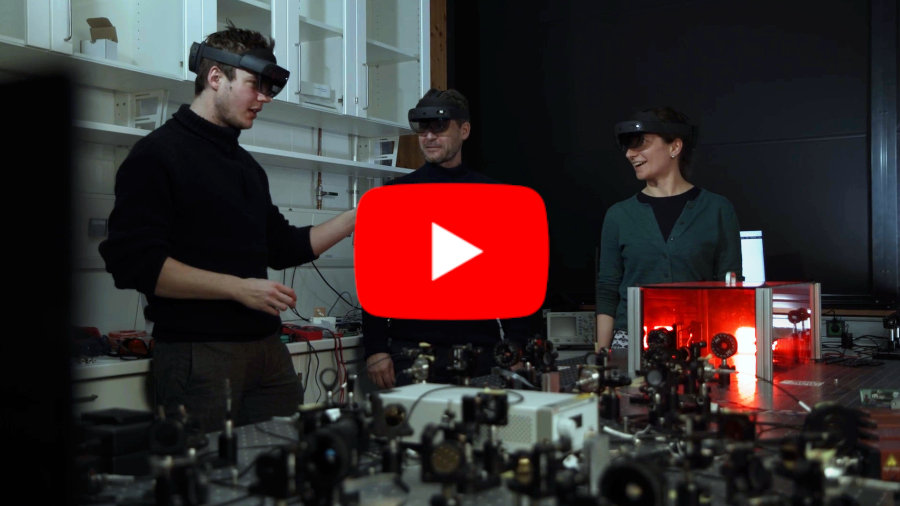Newsroom
Stay informed with our latest news and announcements on this page. For more in-depth content, we also encourage visitors to explore our bimonthly STRUCTURES Newsletter magazine, which features a variety of articles, interviews with members, and background information on our latest research and activities.
On October 14, the Max Planck Institute for Astronomy (MPIA), a participating institute of the STRUCTURES Cluster of Excellence, will open its doors from 10 a.m. until 5 p.m. and offer a varied astronomical programme in collaboration with the Haus der Astronomie at Heidelberg Königstuhl. Lectures and hands-on stations will focus on new astronomical findings - from the formation of our galaxy and our solar system to planets around other stars. The scientists will be happy to answer any questions you may have. Laboratories and workshops show how astronomical instruments are made and the special demands of working on the largest ground-based telescopes in the world or on space telescopes.
Further information:
10th Heidelberg Laureate Forum – Inspiring Young Researchers in Mathematics & Computer Science
This September 24–29, at the 10th Heidelberg Laureate Forum (HLF), 200 young researchers in mathematics and computer science will spend a week of scientific exchange with the recipients of the disciplines’ most prestigious prizes: the Abel Prize, ACM A.M. Turing Award, ACM Prize in Computing, Fields Medal, the Nevanlinna Prize as well as its continuation, the IMU Abacus Medal.
Having over 30 groundbreaking and award-winning researchers in mathematics and computer science in one venue is not only a thrilling prospect for the next generation of scientists attending the 10th HLF, but for anyone who has an interest in these subjects and the pioneers they have produced. Livestream their lectures and panel discussions on the HLF website or catch them at your leisure on the HLF YouTube channel, which is regularly updated.
STRUCTURES is happy to take part in the 10th Heidelberg Laureate Forum by offering visits to its local institutions. On September 27, groups of young researchers will do on-site visits of several scientific institutes in Heidelberg. STRUCTURES is happy to take part and present the EINC building. Among others, the HLF will also visit BioQuant, Heidelberg Experimental Geometry Lab (HEGL), the Heidelberg Institute of Theoretical Studies (HITS), the Interdisciplinary Center for Scientific Computing (IWR) and the Max Planck Institute for Astronomy (MPIA).
Further information:

We are happy to announce the 51th Heidelberg Physics Graduate Days, organized by the Heidelberg Graduate School for Physics. The courses, which take place from October 9 to 13, 2023, are organized as parallel block lectures in the mornings and afternoons. The course program is open for advanced students, in particular those working on their Master's and doctoral theses. The aim is to broaden the physics knowledge of our students and to teach specialized techniques. Participants from other universities are welcome. An overview of the course program and the registration link can be found at the Graduate Days webpage:
Weblinks:
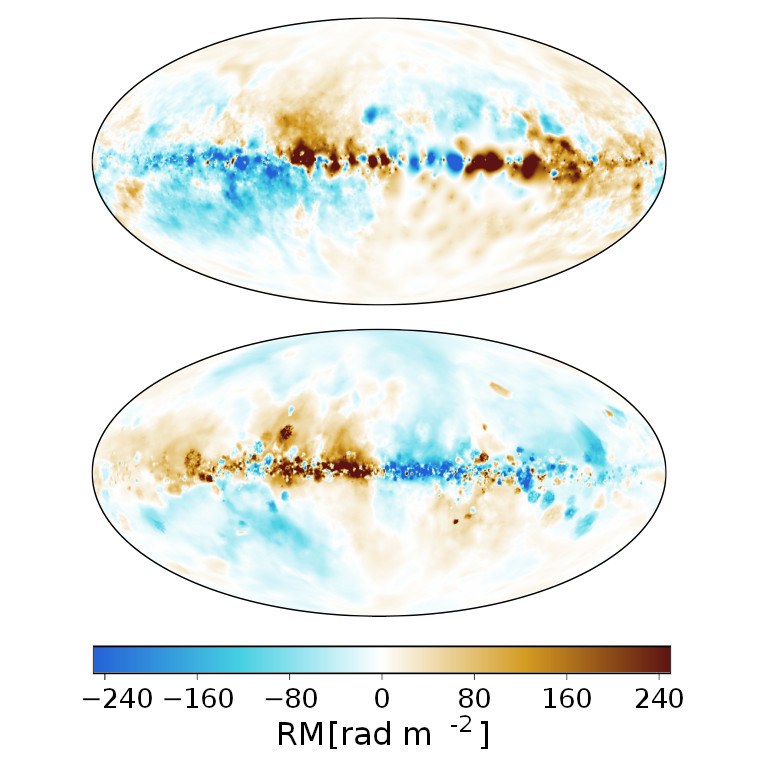 All-sky Faraday RM map of the Milky Way (top) as presented in Hutschenreuter+ 2020 compared to one of our computed maps (bottom) based on the cosmological galaxy simulation and a synthesized cluster population. We note that both maps show a comparable distribution of small-scale to large-scale features.
All-sky Faraday RM map of the Milky Way (top) as presented in Hutschenreuter+ 2020 compared to one of our computed maps (bottom) based on the cosmological galaxy simulation and a synthesized cluster population. We note that both maps show a comparable distribution of small-scale to large-scale features.STRUCTURES Scientists Reproduce Milky Way’s Magnetic Field Structure in Unprecedented Detail Using Galaxy Simulations.
Magnetic fields play a significant role in shaping the evolution of the interstellar medium and the process of star formation. In their new study published in Nature Astronomy, an international and interdisciplinary research team led by STRUCTURES scientists from Comprehensive Project (CP) 1 have derived an unprecedented first-principles prediction of the Milky Way's magnetic field structure. The scientists utilized cosmological magneto-hydrodynamic simulations of the Milky Way's formation, augmented with a new star-cluster population-synthesis model and detailed radiative transfer calculations to simulate the Faraday rotation measure – a primary observable signal encoding magnetic field topology and strength within polarized light. The results reproduce the observations of the Galaxy not only on large scales, but also replicate the intricate nuances of local individual star-forming clouds. Remarkably, the results emphasize the paramount influence of the Local Bubble — a region encompassing our Sun — whose rotation measure signal prevails across vast regions of the sky. This comprehensive analysis bridges a gap between observations and theoretical models, offering crucial insights into the Milky Way's origin and long-term evolution.
Weblinks:
- Original Publication: Reißl, S., Klessen, R.S., Pellegrini, E.W., Rahner, D., Pakmor, R., Grand, R., Gómez, F., Marinacci, F., Springel, V. Nat Astron (2023). https://doi.org/10.1038/s41550-023-02053-2
- Star Formation Group led by Ralf Klessen at ITA/ZAH: Webpage
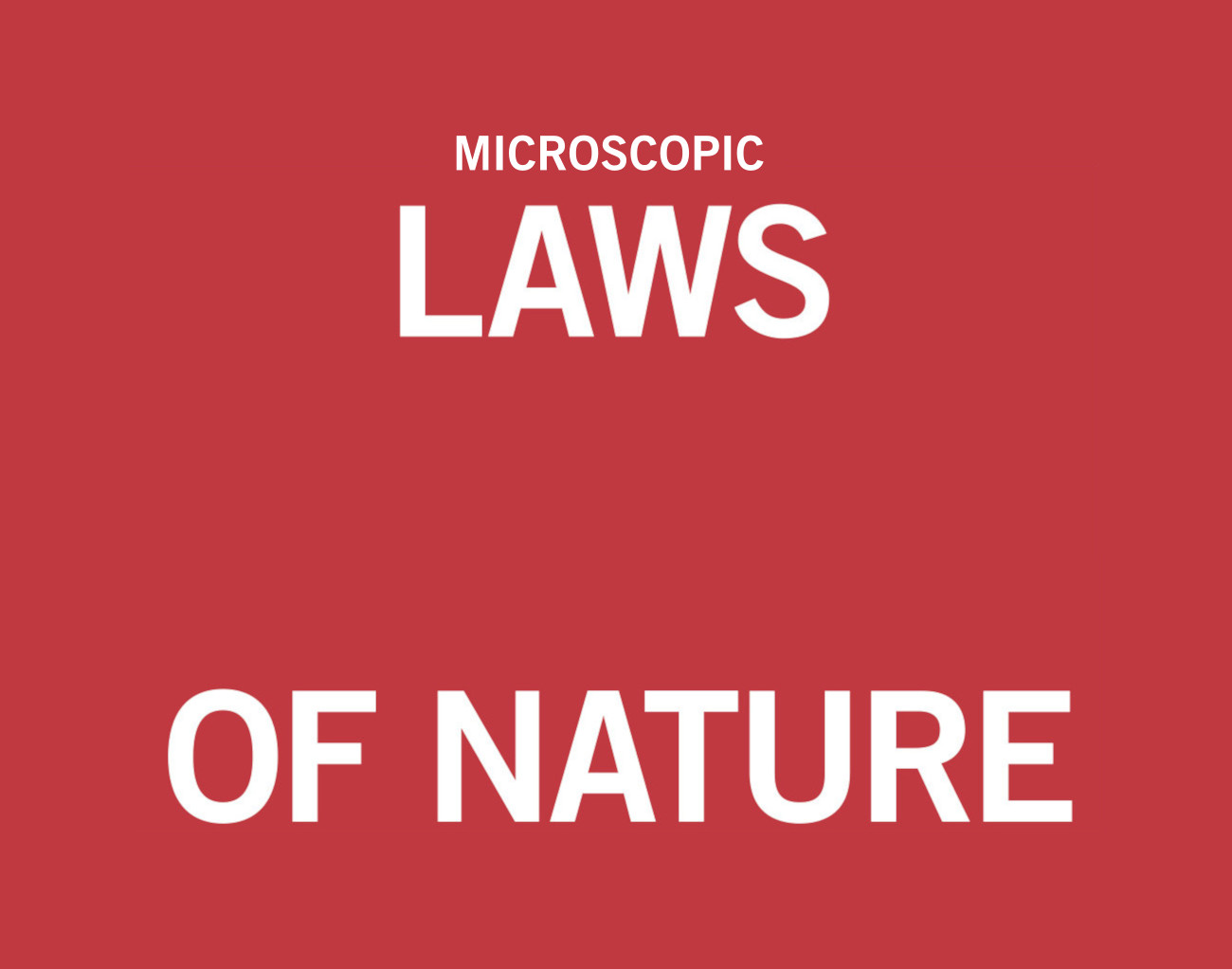 The interplay between weak and strong elements or interactions in nature and society is the focus of the new issues of the RUPERTO CAROLA research magazine.
The interplay between weak and strong elements or interactions in nature and society is the focus of the new issues of the RUPERTO CAROLA research magazine.The properties of materials around us are governed by the laws of quantum mechanics. These laws describe how electrons and nuclei form atoms that assemble into molecules and solids. However, while it is possible to describe and predict the properties of a simple molecule or crystal using the microscopic laws of quantum mechanics, it is much more difficult to predict the behaviour of complex systems composed of many (1023) particles. This is because, at each complexity level, new phenomena can emerge that are not intuitively obtained – and cannot simply be extrapolated – from the underlying microscopic laws. These emergent phenomena arise from competing interactions between the constituents that form the material.
In the most recent edition of the RUPERTO CAROLA research magazine, Maurits Haverkort from STRUCTURES delves into the challenge of comprehending and predicting the characteristics of quantum materials with competing local and itinerant interactions. The article sheds light on innovative methodologies, developed within STRUCTURES, to grasp the delicate balance between these interactions, revealing emergent properties. Being able to understand and predict these properties allows for advances in a variety of applications and fields. For instance, understanding the chemistry and physics of Actinides is important for the safe storage of nuclear waste, or comprehending how such elements bind to different ligands, which could be useful for future applications in nuclear medicine.
Article in RUPERTO CAROLA:
We are happy to announce that the 40th Colloquium on Combinatorics (Kolkom 2023) is going to take place in Heidelberg, organized by Felix Joos ( STRUCTURES, Heidelberg) and supported by the STRUCTURES Cluster of Excellence. The conference aims to provide a forum for researchers working in diverse areas of combinatorics. The plenary speakers will be Johannes Carmesin (Birmingham), Daniel Král' (Brno), Kai-Uwe Schmidt (Parderborn) and Vera Traub (Bonn).
The conference will take place from Oct 13 to 14 at the Mathematikon in Heidelberg. The registration deadline is Sep 17. More details on the registration and venue can be found at the conference webpage:
STRUCTURES Short Film 5: How can complex physical structures be used as a resource for computation?
Our world consists of complex physical structures, spanning from quantum systems and cells to waterfalls and the cosmos in its entirety. Various fundamental insights gained from observations of those intricate structures can be used as a resource for novel approaches of computation. Any structure, whether it is a mug, atoms, light rays or a car, can be used as a computational structure. In the STRUCTURES Cluster, we use the learnings and know-how from our own experiments and research to drive new frontiers in computational innovation within our laboratories – all powered by the collaborative synergy of unique expertise from diverse disciplines.
Video link (YouTube):
STRUCTURES: How can complex physical structures be used as a resource for computation?
